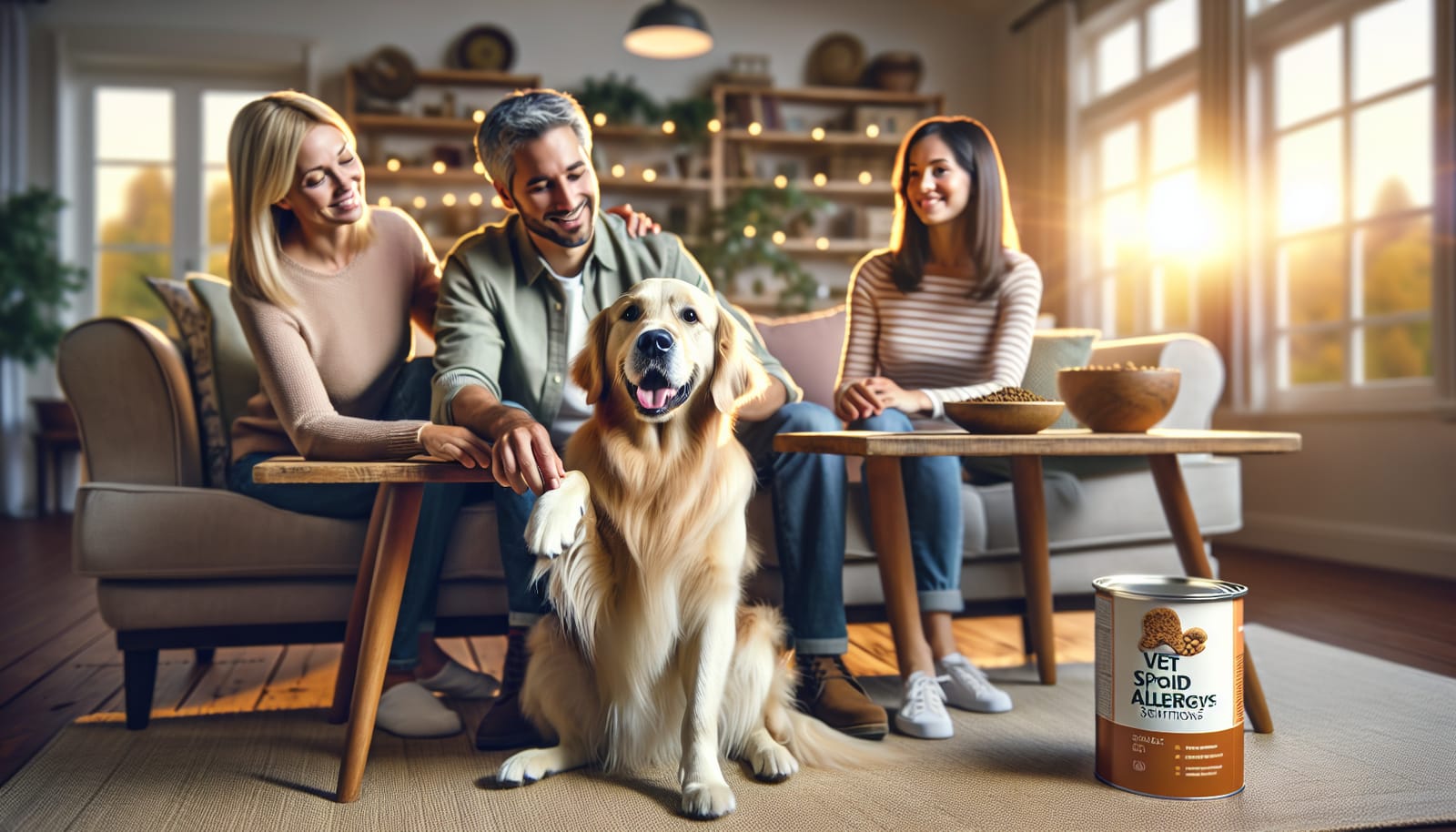As devoted pet owners, we want nothing but the best for our furry companions. One critical aspect of our pets' health that often goes overlooked is their nutrition, particularly when it comes to food allergies. Just like humans, pets can also suffer from allergies that can lead to discomfort and health issues. In this article, we will explore the symptoms of pet food allergies and discuss effective solutions to ensure your beloved pet stays happy and healthy.
What Are Pet Food Allergies?
Pet food allergies occur when a pet's immune system mistakenly identifies a certain ingredient in their food as a threat. This can lead to a range of negative reactions, often making your beloved pet uncomfortable or even ill. Common allergens include proteins (like beef, chicken, or fish), dairy, wheat, and eggs. Understanding the difference between food allergies and food intolerances is crucial—while allergies involve the immune system, intolerances are typically digestive issues that don't involve an immune response.
Recognizing the symptoms early is vital to addressing any potential health issues.
Symptoms of Pet Food Allergies
The symptoms of food allergies in pets can be varied and sometimes confusing. Here are some common signs to watch for:
- Skin Irritations: This includes redness, itching, or rashes. You may notice your dog or cat scratching more than usual or developing hot spots.
- Gastrointestinal Issues: Symptoms like vomiting, diarrhea, or flatulence can indicate a food allergy.
- Ear Infections: Frequent ear infections may be a sign of an underlying food allergy.
- Behavioral Changes: Your pet may become more irritable or lethargic due to discomfort caused by allergies.
If you suspect your pet may have a food allergy, it's essential to consult your veterinarian for a proper diagnosis.
Diagnosing Food Allergies
Diagnosing food allergies in pets can be complex. It often begins with a thorough examination by your veterinarian, who may recommend an elimination diet. This involves removing potential allergens from your pet's diet and gradually reintroducing them one at a time. This process helps identify which specific food items trigger allergic reactions.
Keep a detailed journal of your pet's diet, symptoms, and any changes you observe. This information can be immensely helpful for your veterinarian in making an accurate diagnosis.
Solutions for Pet Food Allergies
Once you've identified the allergen, the next step is finding a suitable diet for your pet. Here are some effective solutions to manage food allergies:
1. Choose Hypoallergenic Pet Foods
Many brands now offer hypoallergenic pet foods specifically formulated for pets with food allergies. These diets often contain novel proteins and carbohydrates that your pet hasn't been exposed to, reducing the likelihood of an allergic reaction. Look for options that list high-quality ingredients and avoid fillers.
2. Cook Homemade Meals
If you're up for it, cooking homemade meals for your pet can be a great way to ensure they avoid allergens. However, it’s essential to consult with your veterinarian or a pet nutritionist to ensure the diet is balanced and meets all your pet's nutritional needs.
3. Incorporate Supplements
Certain supplements can help soothe your pet's digestive system and improve skin health. Omega-3 fatty acids, for instance, are known for their anti-inflammatory properties and can help reduce skin irritations. Always consult your vet before introducing any supplements to your pet's diet.
4. Regular Vet Visits
Regular check-ups with your veterinarian can help monitor your pet's health and ensure that their diet is working effectively. These visits allow for ongoing adjustments and monitoring, keeping your pet in optimal health.
Living with a Pet with Food Allergies
Adapting to life with a pet that has food allergies may seem daunting, but it can also lead to a deeper understanding of your pet's needs. Here are some tips to make this transition smoother:
- Read Labels: Become a label detective! Always read ingredient lists to avoid allergens in your pet's food and treats.
- Avoid Table Scraps: It may be tempting to share your meals, but human food can often contain allergens. Stick to pet-safe treats.
- Educate Friends and Family: Ensure that everyone who interacts with your pet understands their dietary restrictions to help avoid accidental exposure to allergens.
Understanding and managing pet food allergies can significantly improve your pet's quality of life. By remaining vigilant about their diet and recognizing signs of allergies, you can help your furry friend lead a happier, healthier life. Remember, you are not alone in this journey; many pet lovers face similar challenges, and together we can create a community of support and knowledge.
As pet owners, we have the power to make informed decisions that lead to better health and happiness for our furry companions. Let's embrace this journey, armed with knowledge and love, to ensure our pets thrive!

